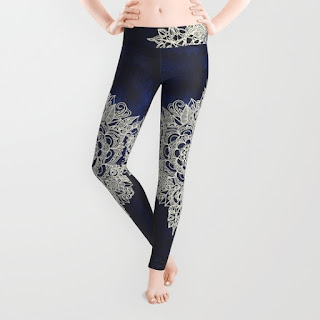About me: Micklyn Art
I have a wonderful husband. I have ten kids. (Why do I have ten kids? They kept turning out so great that I didn’t see any reason to stop.) I have a Canon 600D and a bunch of pencils. I like taking photographs, I like drawing, I like playing in photoshop, I love pattern and colour, shapes and lines. I hate folding laundry, but I do it anyway. All the time. I love redbubble, it’s fantastic.
I give glory to God, and His Son, Jesus Christ, because he has given me both the things that I photograph and draw, and the tools with which I photograph and draw them. He has richly provided me with models and subject matter and has given me the time, space and capacity to work. Without Him I can do nothing.
Thanks for stopping by.
Micklyn Artworks
The meaning of craftsmanship is disputable in contemporary reasoning. Whether craftsmanship can be characterized has additionally been a matter of contention. The philosophical value of a meaning of workmanship has likewise been wrangled about.
Contemporary definitions are of two primary sorts. One unmistakably present day, conventionalist, kind of definition spotlights on craftsmanship's institutional elements, accentuating the way workmanship changes after some time, cutting edge works that seem to break fundamentally with all customary workmanship, and the social properties of fine arts that rely on upon works' relations to workmanship history, workmanship classes, and so on. The less conventionalist kind of contemporary definition makes utilization of a more extensive, more customary idea of stylish properties that incorporates more than workmanship social ones, and spotlights on craftsmanship's dish social and trans-chronicled attributes.
Any meaning of craftsmanship needs to square with the accompanying uncontroversial actualities: substances (ancient rarities or exhibitions) deliberately blessed by their creators with a huge level of stylish interest, regularly surpassing that of most ordinary articles, exist in for all intents and purposes each known human society; such elements, and customs committed to them, may be delivered by non-human species, and may exist in other conceivable universes; such elements now and then have non-tasteful stylized or religious or propagandistic capacities, and some of the time don't; customarily, fine arts are purposefully supplied by their producers with properties, normally perceptual, having a huge level of tasteful interest, frequently surpassing that of most regular items; workmanship, so comprehended, has a muddled history: new types and artistic expressions create, models of taste advance, understandings of stylish properties and tasteful experience change; there are foundations in some yet not all societies which include an attention on curios and exhibitions having a high level of stylish intrigue and without any commonsense, formal, or religious use; such organizations at times order elements obviously deficient with regards to tasteful enthusiasm with elements having a high level of tasteful interest; numerous things other than fine arts for instance, characteristic elements (nightfalls, scenes, blossoms, shadows), individuals, and theoretical elements (speculations, confirmations) are routinely portrayed as having stylish properties.
Of these truths, those doing with craftsmanship's social and authentic components are accentuated by a few meanings of workmanship. Different meanings of craftsmanship offer need to clarifying those actualities that mirror workmanship's all inclusiveness and coherence with other tasteful marvels.
There are likewise two more broad limitations on meanings of craftsmanship. To begin with, given that tolerating that something is peculiar is by and large a philosophical final resort, and allowing the significance of extensional ampleness, rundown like or enumerative definitions are if conceivable to be stayed away from. Enumerative definitions, lacking rule that clarify why what is on the rundown is on the rundown, don't, famously, apply to definienda that develop, and give no insight to the following or general case (Tarski's meaning of truth, for instance, is standardly scrutinized as unenlightening on the grounds that it lays on a rundown like meaning of primitive signification; see Devitt 2001; Davidson 2005). Second, given that most classes outside of science are obscure, and that the presence of marginal cases is normal for dubious classes, definitions that take the class of works of art to have marginal cases are desirable over definitions that don't (Davies 1991 and 2006, Stecker 2005).
Whether any meaning of craftsmanship accounts for these realities and fulfill these imperatives, or could represent these certainties and fulfill these limitations, are key inquiries for the theory of workmanship.

































































































































































































Geen opmerkingen:
Een reactie posten